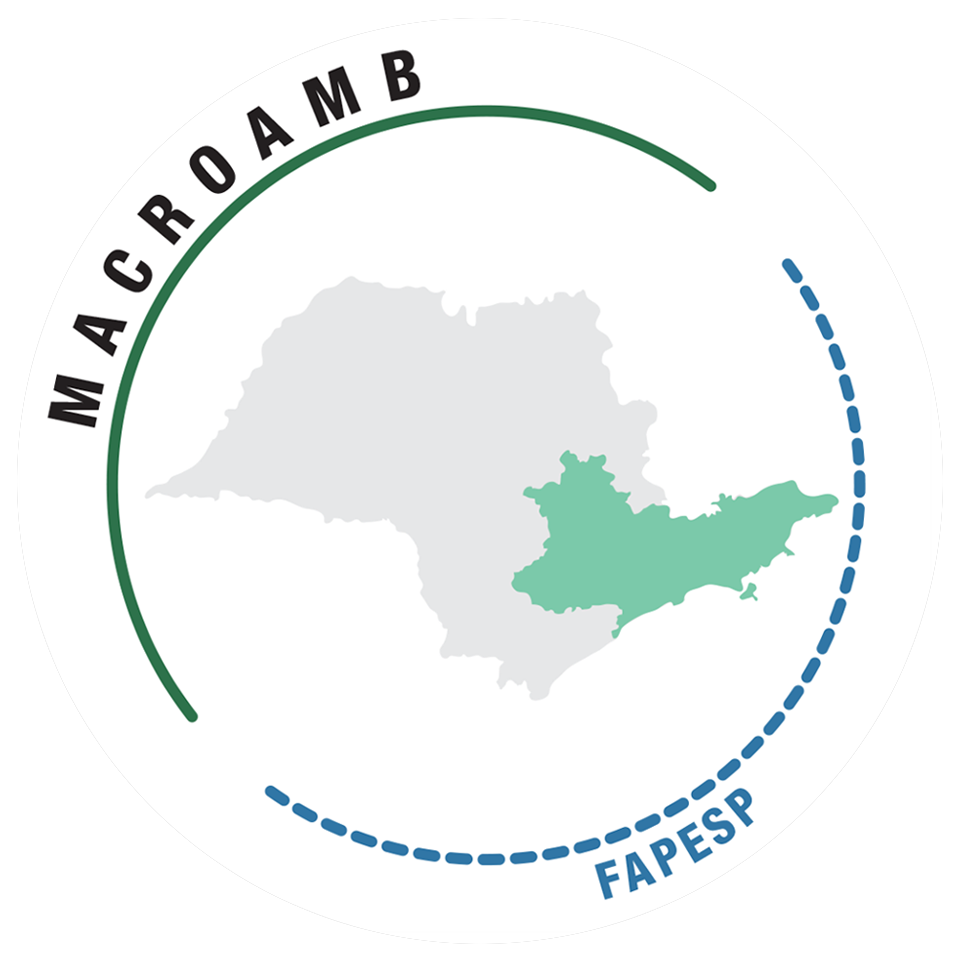Article: The impact of future urban scenarios on a severe weather case in the metropolitan area of São Paulo.
Abstract: In this work, convective parameters are applied, based on numerical simulations made with Brazilian Regional Atmospheric Modeling System (BRAMS) model, to a severe weather case which occurred in the metropolitan area of São Paulo (MASP). Scenarios of future urban area growth and increase of building heights were made to evaluate changes in convective parameters and rainfall for the study region. Using factorial planning and factor separation methods, we found that the urban area growth predicted for 2030 is capable of increasing the amount of precipitation, mainly due to the land use change from rural to urban. In the scenario of building heights increasing, it was found a tendency for rainfall suppression. The urban area for 2030 is the major factor contributing to increasing atmospheric instability and wind shear. Vertical urban growth causes an increase in atmospheric instability and a decrease in wind shear. The interaction between urban area and building height factors increases the amount of precipitation and storm motion over the MASP.
BENDER, A.; FREITAS, E. D.; MACHADO, L. A. T. The impact of future urban scenarios on a severe weather case in the metropolitan area of São Paulo. CLIMATIC CHANGE, p. 1-18, 2019. https://doi.org/10.1007/s10584-019-02527-1.
